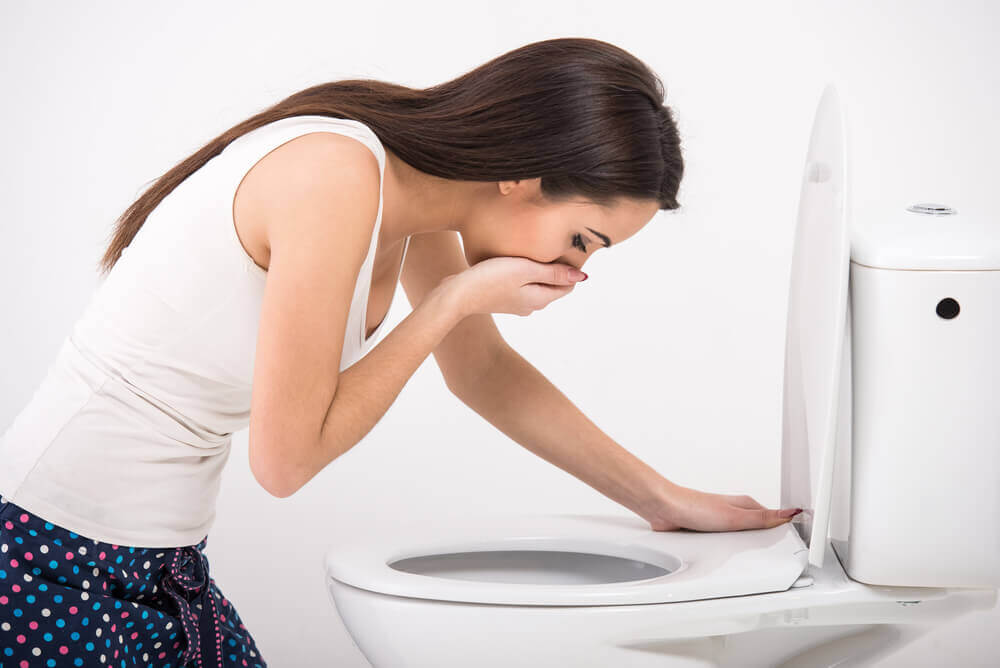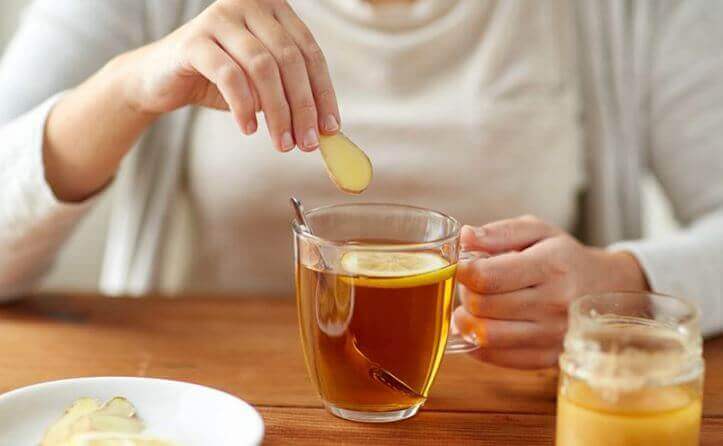Does Vinegar Kill Anisakis?


Written and verified by the nutritionist Anna Vilarrasa
Did you know that 9 out of 10 people who contract anisakis do so after consuming anchovies in vinegar? Vinegar doesn’t kill anisakis. So, pickled anchovies and other pickled marinated fish may contain anisakis if we haven’t previously frozen it.
We can rest assured that the tapas of anchovies in vinegar from any bar or restaurant is safe. So are those that we can buy already prepared. These establishments are obliged to follow certain safety measures regulated by law. The problem resides, rather, in those that we can cook at home.
In recent years, the food industry has grown exponentially. Globalization and the large circulation of goods have brought us into contact with multiple agents that can cause allergies. One of these potential allergens is anisakis.
Anisakis: what is it and how does it affect us?
Anisakis (Anisakis simplex) is a parasite about 2 centimeters long (0.8 inches). Its larvae live in the digestive tract of many marine species and in some crustaceans.
Humans can become infected with anisakis only after consuming raw or undercooked contaminated fish. The larvae penetrate the intestinal mucosal layer and can lead to anisakiasis.
This acute form of the disease is usually transient and lasts a few weeks. Afterwards, it’s eliminated through the feces.
Some of its symptoms are:
- Vomiting
- Nausea
- Abdominal pain
- Diarrhea
In addition, anisakis can also cause allergic reactions mediated by immunoglobulin E, which could cause from urticaria to asthma or anaphylaxis in cases of high sensitivity. However, in many cases, the parasite will pass without leaving any problems other than those typical of food poisoning.

How to avoid anisakis
Now that we know that vinegar doesn’t kill anisakis, let’s see what measures we can take into account to avoid intoxication:
- Buy the fish already clean and without guts. If this isn’t possible, we should do it ourselves as soon as possible.
- Anisakis can be eliminated by means of temperature. If we want to consume raw fish, we must freeze it previously.
- Safe cooking methods are baking, grilling or frying at 60º C (140º F) for at least 1 minute. Make sure that the heat reaches the whole piece of fish equally. The same can be done with crustaceans, grilling or boiling them.
- When fish pieces are very large, this temperature should be maintained for about 10 to 12 minutes.
Find out more: Undercooked Foods: Can They Make You Sick?
Active ingredients against anisakis
While the measures seen above serve to prevent anisakis infection, several ways, other than freezing, are being studied in order to eliminate it from fish.
The aim is to eliminate it without affecting the organoleptic quality of the food, since freezing can affect the texture. Some of them are the application of high hydrostatic pressure, vacuum suction, or electrocution.
At the same time, some active ingredients can destroy larvae. Oriental cooking, such as traditionally used soy sauce or wasabi.
Some essential oils such as perilla oil also have this property. However, it’s ginger (Zingiber officinale) that has the most promising results so far.
A 2015 study concludes the following:
Ginger has effective antiparasitic activity against various parasites and can be used for the prevention of drug-resistant parasitic diseases. However, further evaluation is needed to isolate the active components and determine their toxicity, side effects and pharmacokinetic properties.
Dishes most likely to contain anisakis

If we want to have peace of mind when eating raw or undercooked fish, we must freeze the fish before preparing the following dishes:
- Pickled anchovies and other pickled fish
- Sushi, sashimi or carp
- Marinated fish, as in the case of ceviche
- Raw or practically raw fish roe
- Herring and other raw fish prepared in brine or lightly salted
- Marine fish subjected to cold smoking
This isn’t necessary in the case of canned fish such as canned anchovies, freshwater or farmed fish, and dried fish salted in the traditional way, such as cod. Nor if we buy the most sensitive foods already packaged.
Also read: Is Cod Healthy? Nutrients and Benefits
Vinegar doesn’t kill anisakis, but we can freeze fish
Anisakis is the main cause for most helminth infections. Poisonings can cause a wide range of symptoms, from mild to severe allergic reactions.
At the moment, the safest method to avoid poisoning is to freeze for 5 days all fish that we want to eat raw. And, in fish recipes, cook it at 60º C (140º F) for about 10 minutes.
All cited sources were thoroughly reviewed by our team to ensure their quality, reliability, currency, and validity. The bibliography of this article was considered reliable and of academic or scientific accuracy.
- Audicana T, Kennedy M. Anisakis simplex: from Obscure Infectious Worm to Inducer of Immune Hypersensitivity. Clinical Microbiology Reviews. Abril 2008. 21(2): 360-379.
- Mazzucco W, et al. Anisakis sensitization in different population groups and public health impact: A systematic review. Public Library of Science. 2018. 13(9).
- Minesterio de Sanidad, Consumo y Bienestar Social. Anisakis. Agencia Española de Seguridad Alimentaria y Nutrición.
- Nagwa E, Mostafa M. Anti-Parasitic Activity of Zingiber officinale (Ginger): A Brief Review. Aperito Journal of Bacteriology, virology and parasitology. Noviembre 2015.
- Sakanary J, McKerrow J. Anisakis. Clinical Microbiology Reviews. Julio 1989. p 278-284.
This text is provided for informational purposes only and does not replace consultation with a professional. If in doubt, consult your specialist.








